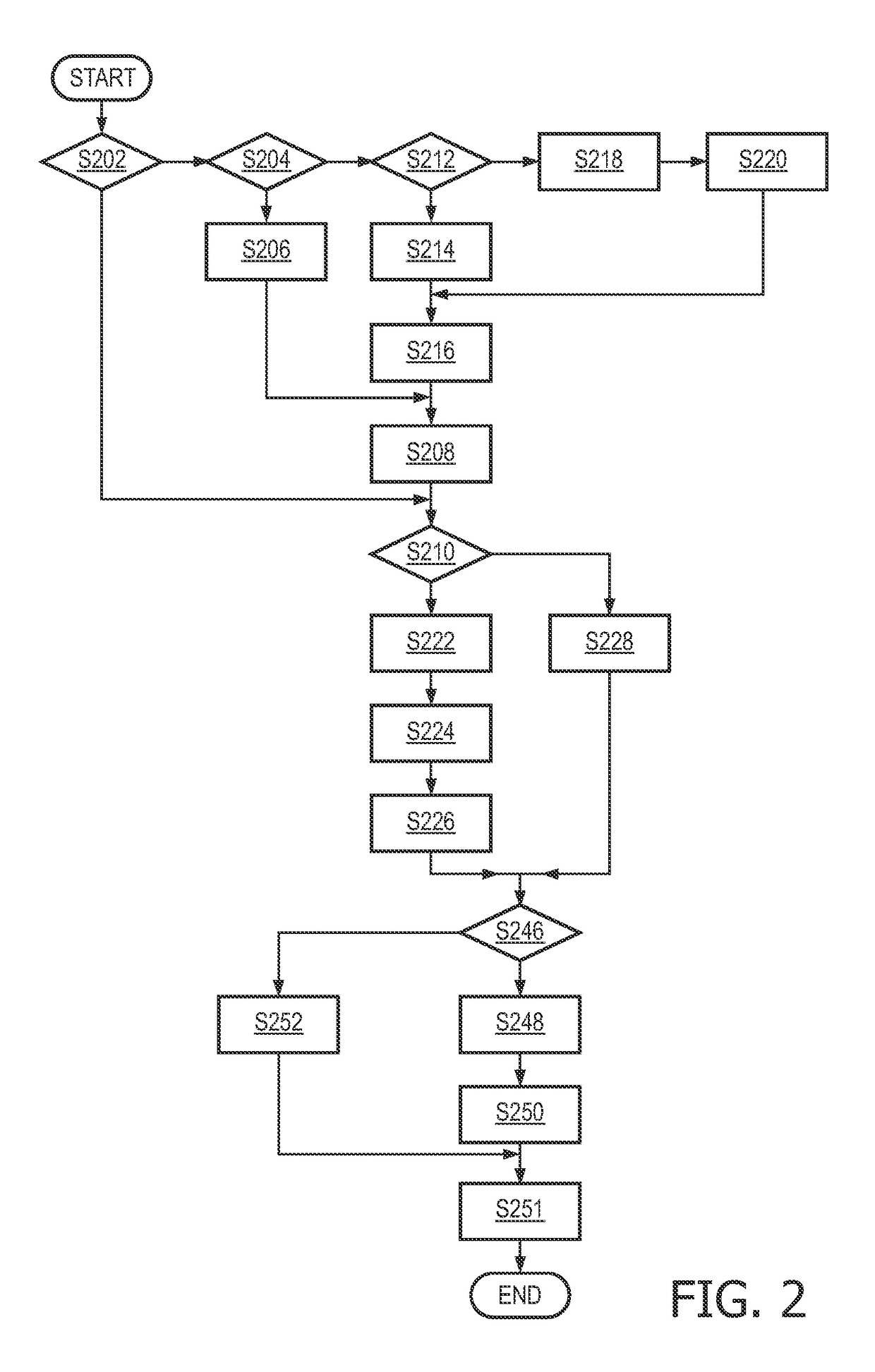Setting of sonothromobolysis ultrasound output power
a technology of sonothromolysis and output power, applied in the direction of ultrasonic/sonic/infrasonic image/data processing, ultrasonic/sonic/infrasonic diagnostics, therapy, etc., can solve the problems of low treatment success, significant restrictions on their use, and degrading the ability to image the brain, so as to achieve more control over the determination of dos
- Summary
- Abstract
- Description
- Claims
- Application Information
AI Technical Summary
Benefits of technology
Problems solved by technology
Method used
Image
Examples
Embodiment Construction
[0017]An apparatus 100, depicted in FIG. 1 by way illustrative and non-limitative example, for effecting patient-specific technology for pre-adjusting ultrasound output power to be applied intracranially through the temporal bone window includes a transmit and receive beamformer 102 and, communicatively connected to the beamformer, an ultrasound imaging probe 104. The probe 104 incorporates an ultrasound transducer 106. The apparatus 100 is configured for emitting ultrasound for sonothrombolysis via the transducer 106. Microbubbles suspended in a liquid may be injected by a syringe or pumped intravenously via a catheter, these instruments not being shown in FIG. 1. The transducer 106 may be configured also for ultrasound imaging. Alternatively, a second transducer (not shown) can be arranged, e.g., concentrically within the probe 104 for this purpose. As a further alternative, an imaging-capable transducer may reside in a second probe (not shown).
[0018]Also included in the apparatus...
PUM
 Login to View More
Login to View More Abstract
Description
Claims
Application Information
 Login to View More
Login to View More - Generate Ideas
- Intellectual Property
- Life Sciences
- Materials
- Tech Scout
- Unparalleled Data Quality
- Higher Quality Content
- 60% Fewer Hallucinations
Browse by: Latest US Patents, China's latest patents, Technical Efficacy Thesaurus, Application Domain, Technology Topic, Popular Technical Reports.
© 2025 PatSnap. All rights reserved.Legal|Privacy policy|Modern Slavery Act Transparency Statement|Sitemap|About US| Contact US: help@patsnap.com


